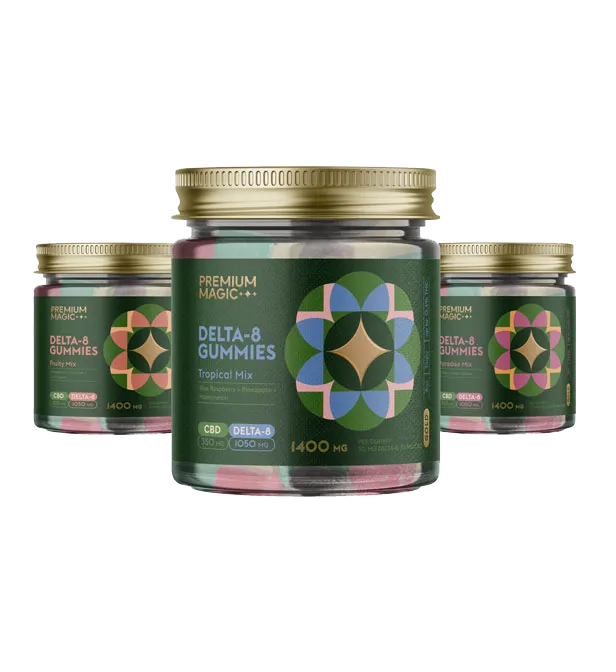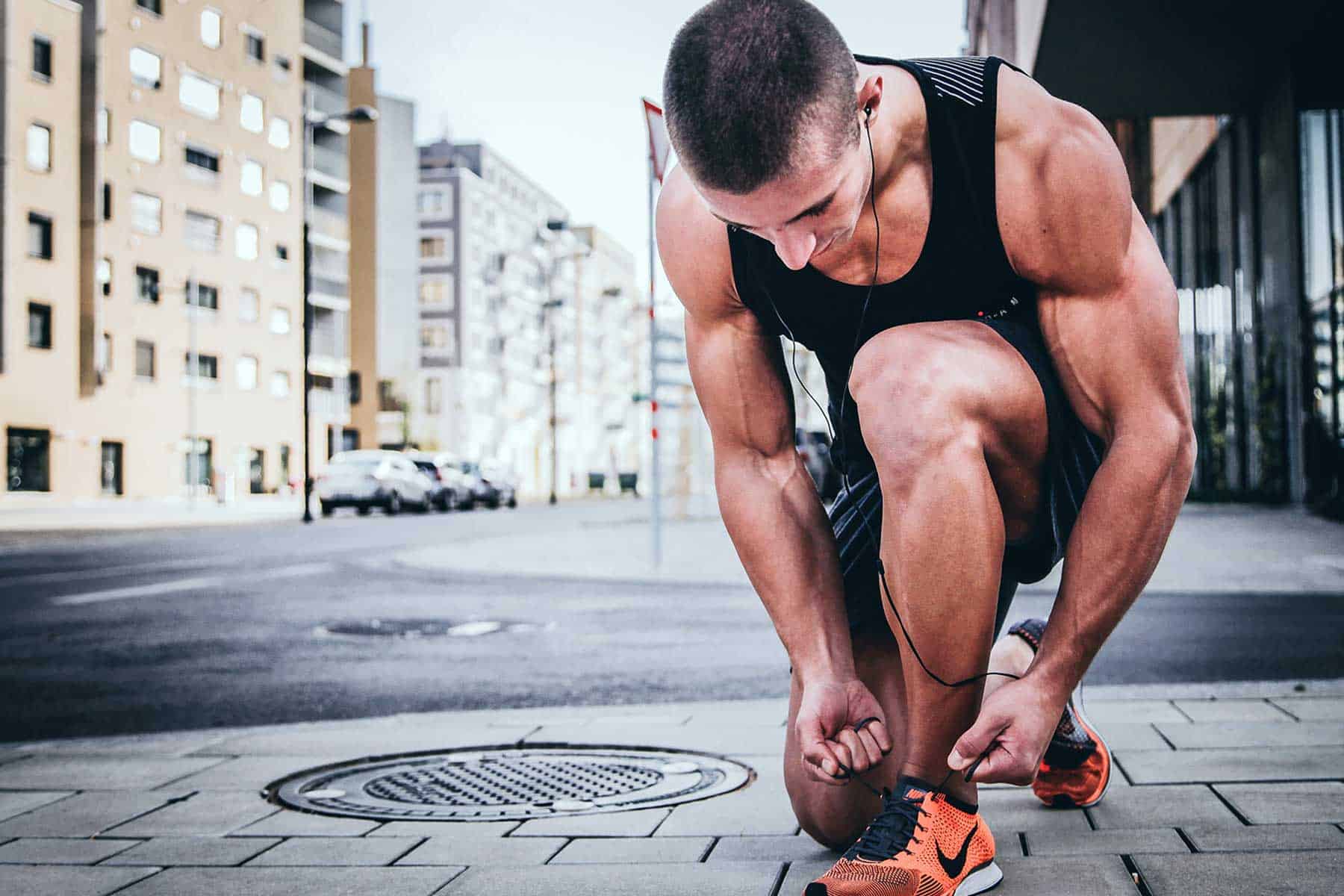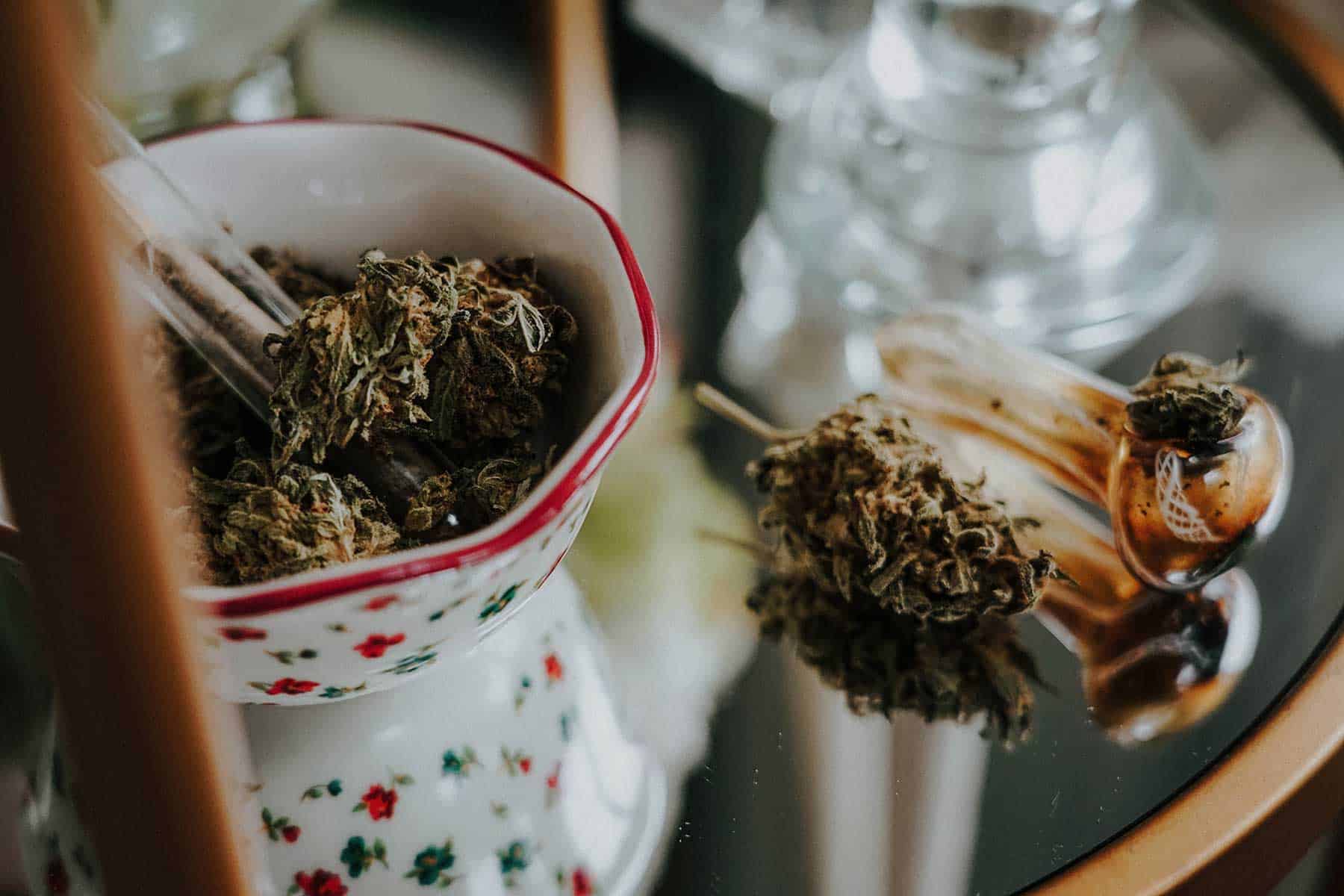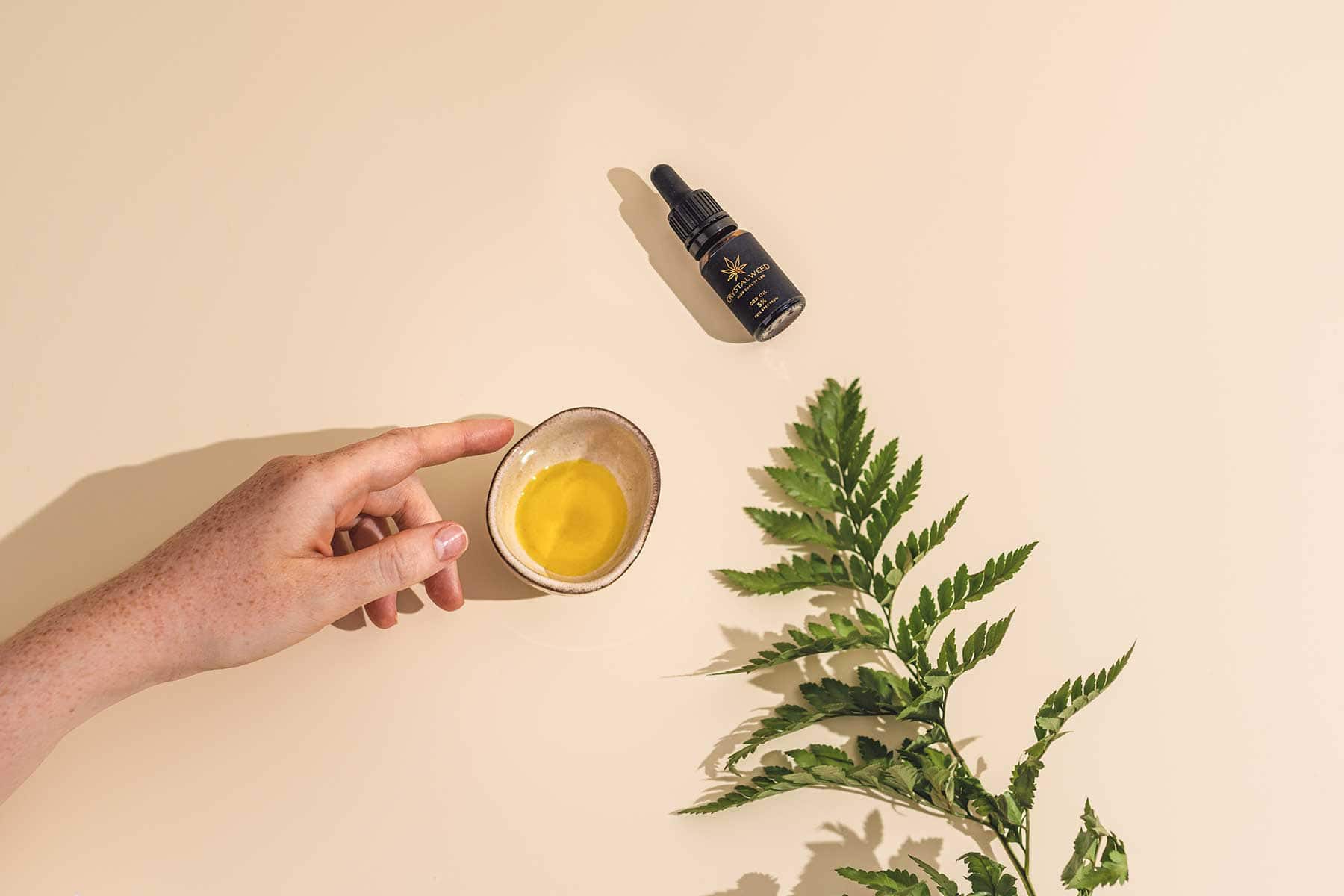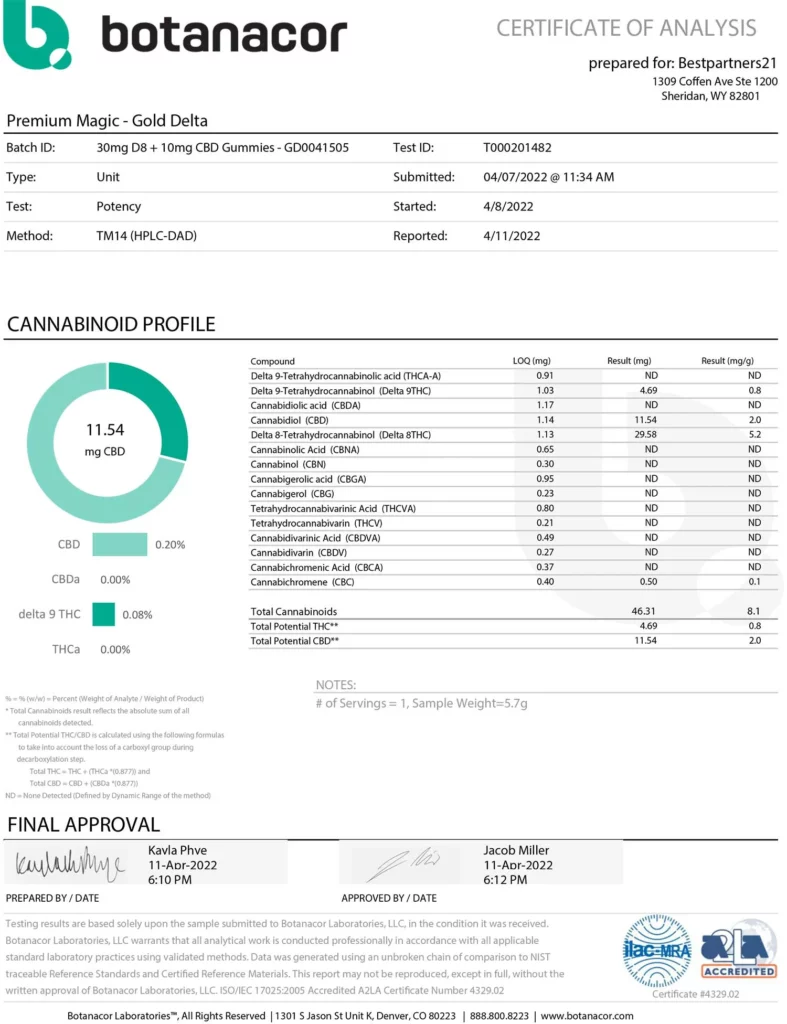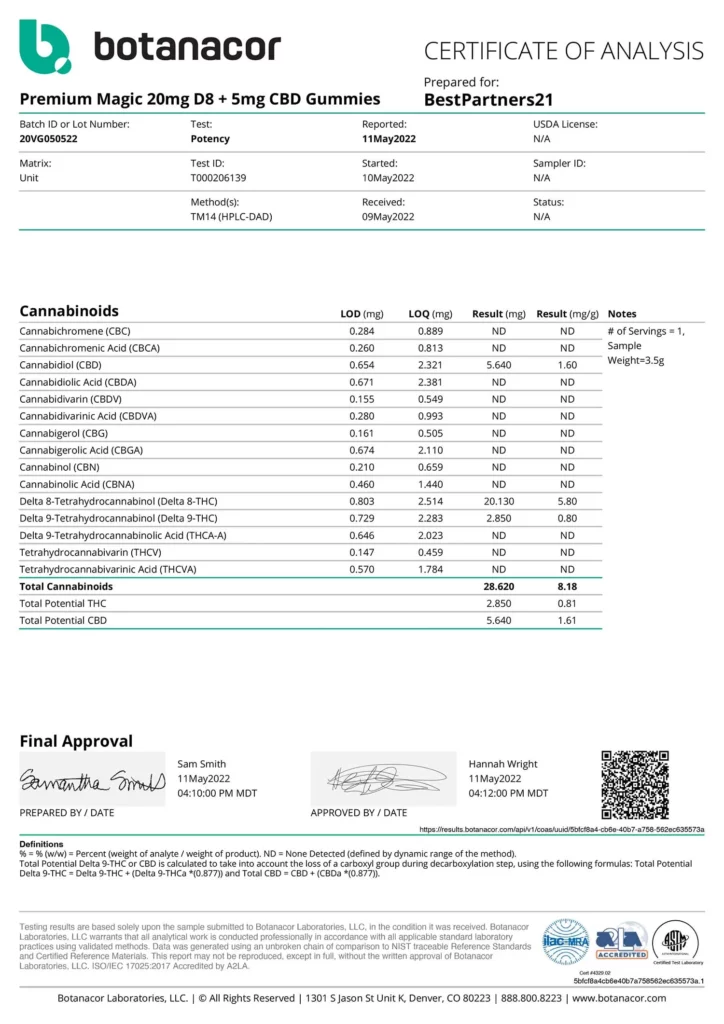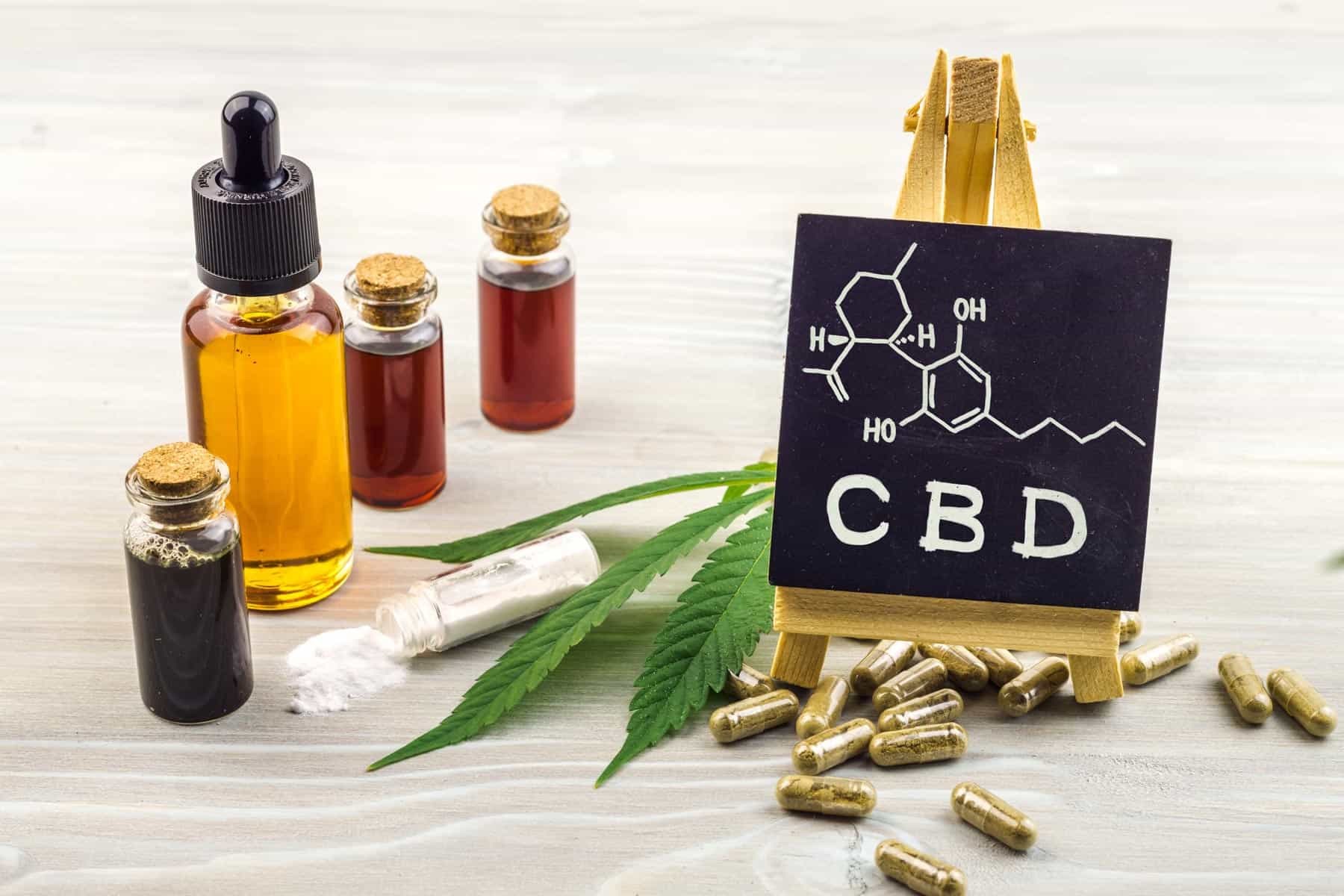
Decarboxylation Cannabis: Demystifying the Essential Process for Optimal Results

You’ve probably heard about cannabis, right? Whether it’s the smoking kind, the edible kind, or the medical kind, it’s a plant that gets a lot of attention. But here’s something you might not know: before it becomes the stuff that people use, it undergoes a process called decarboxylation cannabis.
So, what is decarboxylation cannabis? In really simple terms, it’s a process that involves a little heat and time to ‘activate’ the cannabis. Without it, you could eat a whole cannabis plant and not feel much. It’s kind of like baking bread. You start with dough, but you need to bake it to get a delicious loaf. The raw ingredients are there, but the heat transforms them into something better.
Why is this process so important? Well, it’s all about making the cannabis effective. When cannabis is decarboxylated, it becomes potent. That means it can do the job it’s supposed to, whether that’s helping you relax, reducing pain, or treating various medical conditions.
So there you have it – a quick overview of what decarboxylation cannabis is and why it’s essential for cannabis use. We’re going to explore this topic in more depth, so if you’ve ever been curious about how cannabis works, keep reading! We promise it’s more fascinating than you might think, and knowing about it will make you an informed user or patient.
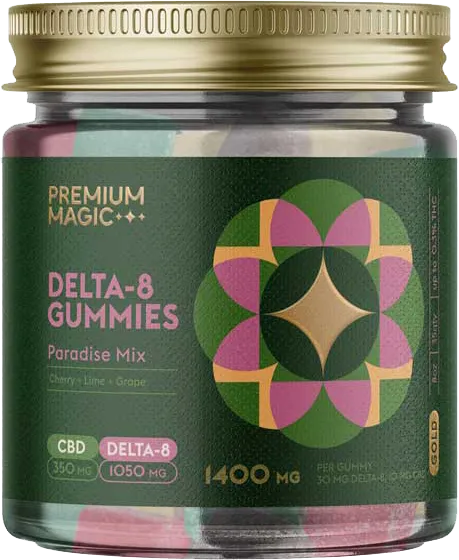
Delta-8 Gummies – Gold Paradise Mix
Original price was: $82.99.$38.99Current price is: $38.99.
Or Subscribe and Save 30%
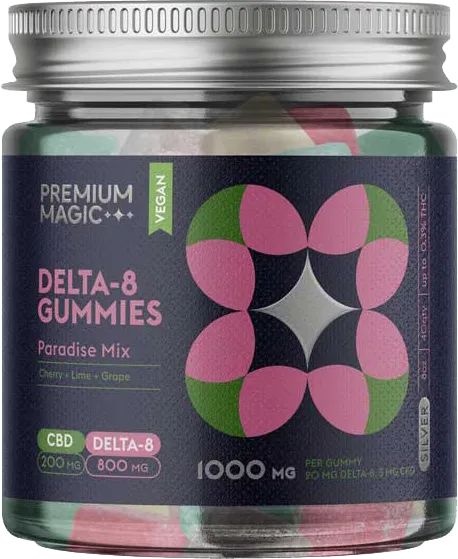
Silver Paradise Mix
Original price was: $68.99.$33.99Current price is: $33.99.
Or Subscribe and Save 30%
The Science of Cannabis: THC, CBD, and Other Cannabinoids
When we talk about cannabis, there are a few key players we need to understand: THC, CBD, and other cannabinoids.
Let’s start with THC or tetrahydrocannabinol if you want to be technical. THC is the ingredient that makes people feel “high.” When someone smokes or eats cannabis, it’s the THC that’s causing those feelings of relaxation and altered senses.
Next up is CBD, or cannabidiol. Unlike THC, CBD doesn’t make you feel high. But it’s still an essential part of the cannabis plant. People often use CBD for its potential health benefits. Some find that it helps them with problems like anxiety or pain.
Now, you might be wondering what a cannabinoid is. To keep it simple, cannabinoids are the special ingredients in the cannabis plant. Both THC and CBD are types of cannabinoids, but there are many others as well.
In a raw cannabis plant, these cannabinoids are present but not in their active form. They exist as what we call “acid forms.” For example, instead of THC, raw cannabis has THCA (THC acid), and instead of CBD, it has CBDA (CBD acid). They’re like the uncooked ingredients in a recipe – they’re there, but they’re not quite ready to work their magic.
The interesting thing is that these acid forms don’t have the same effects as their counterparts. You could eat a raw cannabis plant, but you wouldn’t get high or experience the effects you usually associate with cannabis. That’s because our bodies can’t effectively use THCA and CBDA. For our bodies to get the benefits from these cannabinoids, they need to be in their “active” forms, THC and CBD.
What is Decarboxylation Cannabis?
So, we’ve talked about THC, CBD, and other cannabinoids and how they exist in a raw cannabis plant. Now, let’s explore decarboxylation cannabis. It’s a big word, but it’s not as complicated as it sounds.
In the simplest terms, decarboxylation cannabis is a process that changes the cannabinoids in cannabis from their raw form to a form our bodies can use. It’s like turning a key to unlock the potential of the cannabis plant.
Here’s where the science comes in. Each cannabinoid in a raw cannabis plant is attached to a kind of “extra piece” called a carboxyl group. This extra piece stops our bodies from using the cannabinoids effectively. Decarboxylation is the process of removing this extra piece.
So, how do we decarboxylate cannabis? There are two main ways: heat and aging. When we heat cannabis, the heat causes a reaction that removes the carboxyl group. That’s why smoking or baking cannabis activates its effects – the heat causes decarboxylation cannabis. Aging also leads to decarboxylation, but it’s a slower process. Over time, exposure to the air will slowly remove the carboxyl group.
When decarboxylation happens, it changes the compounds in cannabis. The process transforms THCA into THC and CBDA into CBD. Remember, THC is what gives cannabis its “high” feeling, and CBD has potential health benefits. So, decarboxylation cannabis is what makes cannabis useful for those who consume it.
Without decarboxylation cannabis, consuming cannabis wouldn’t have the same effects. You wouldn’t get high from THC, and you wouldn’t get the potential health benefits of CBD. That’s why understanding decarboxylation is so essential. It’s the key to understanding how and why cannabis affects us the way it does.
Why is Decarboxylation Important?
Now that we’ve learned what decarboxylation cannabis is and how it works let’s talk about why it’s so crucial.
Imagine buying a new phone, but you can’t use it because it’s not charged. It has all the cool features, but without power, it’s not much use. Similarly, decarboxylation cannabis is what “powers up” cannabis. It changes the cannabinoids from their raw, inactive forms (like THCA and CBDA) into active ones (THC and CBD) that our bodies can use. This change is what gives cannabis its potency or strength. Without decarboxylation, the cannabis wouldn’t have much effect.
So, if you’re using cannabis for its effects – whether that’s the high from THC or the potential health benefits of CBD – decarboxylation cannabis is a key step. It’s what makes cannabis work the way you want it to.
Decarboxylation is also vital when it comes to edibles and other cannabis products. When you smoke cannabis, the heat from the flame decarboxylates the cannabis for you. But with edibles, it’s a different story. You can’t just sprinkle raw cannabis into your brownie mix and expect it to work. Remember, without decarboxylation cannabis. Your body can’t use cannabinoids effectively.
That’s why, before making cannabis-infused butter or oil for edibles, cannabis needs to be decarboxylated. The process ensures that the THC or CBD is activated and ready to provide its effects when consumed. The same principle applies to other cannabis products like tinctures or capsules – decarboxylation cannabis is a necessary step in the production process to ensure the products deliver the desired effects.
How to Decarboxylate Cannabis at Home
Decarboxylating cannabis might sound like a task for a scientist in a lab, but it’s something you can easily do at home. Let’s break it down into a simple step-by-step process using an oven:
- Preheat the Oven: Set your oven to 240 degrees Fahrenheit (about 115 degrees Celsius). This temperature is ideal for decarboxylating cannabis without burning it.
- Prepare the Cannabis: Break up the cannabis buds into small pieces with your hands or a grinder, but don’t make it too fine.
- Spread Out the Cannabis: Place a piece of parchment paper on a baking sheet. Spread the cannabis pieces evenly on the parchment paper. You don’t want them to pile up on each other.
- Bake the Cannabis: Put the baking sheet in your preheated oven. Let it bake for about 30-40 minutes. This time is enough for the heat to activate the cannabinoids, transforming them from their raw forms into THC and CBD.
- Let It Cool: After the time is up, take the baking sheet out of the oven. Let the cannabis cool down before you use it. It’s now decarboxylated and ready to be used in your recipes!
Remember, everyone’s oven is different, so you might need to adjust the temperature or baking time. The goal is to get the cannabis to a light to medium brown color. If it’s getting too dark, turn down the heat or reduce the baking time.
While the oven is a common method, it’s not the only way to decarboxylate cannabis. Some people use a slow cooker or sous vide machine, which can provide more consistent heat. Others prefer to let their cannabis decarboxylate naturally by curing it, which involves storing it in a cool, dark place for several months.
Each method has its pros and cons, and the right one for you depends on what you have available and your level of patience. But for simplicity and speed, the oven method is hard to beat. Now you’re ready to decarboxylate your cannabis at home! Stay safe and enjoy the process.
Safety Precautions When Decarboxylating Cannabis
Decarboxylating cannabis at home is a fairly straightforward process. But like all cooking, it involves heat and certain safety precautions. Here’s what you need to remember:
- Be Mindful of the Heat: Your oven gets hot, and burns are a real risk. Always use oven mitts when putting in or taking out your baking sheet. And keep an eye on the oven while the cannabis is baking to prevent it from getting too hot and possibly starting a fire.
- Ventilate Your Space: The process of decarboxylation cannabis can create a strong smell. Make sure your kitchen is well-ventilated. Open a window or turn on an exhaust fan.
- Safe Storage: After decarboxylation cannabis, remember that your cannabis is more potent. Store it safely, out of reach from children and pets.
- Responsible Use: Finally, remember to consume responsibly. Especially if you’re new to cannabis, start with a small amount to see how it affects you.
Summing Up
Decarboxylation cannabis, while a big word, plays a simple yet powerful role in unlocking the full potential of cannabis. It’s what turns the raw elements of the plant into active compounds that our bodies can use. The transformation boosts the potency of cannabis, making it more effective, whether used for relaxation or potential health benefits. Remember to explore this process safely at home, respecting heat and storage precautions. Stay curious, keep learning, and enjoy the fascinating world of cannabis!
